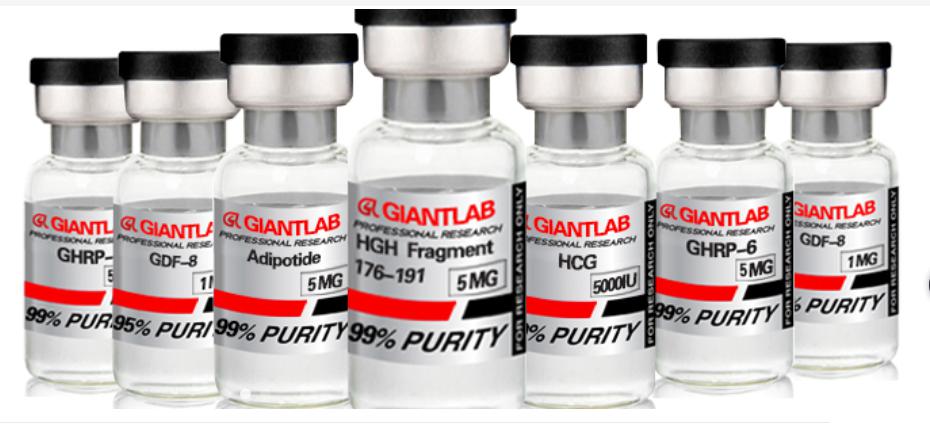Proteins are large biomolecules,or macromolecules,consisting of one or more long chains of amino acid residues.Proteins perform a vast array of functions within organisms,including catalysing metabolic reactions,DNA replication, responding to stimuli,providing structure to cells and organisms,and transporting molecules from one location to another.In addiction,proteins differ from one another primarily in their sequence of amino acids, which is dictated by the nucleotide sequence of their genes, and which usually results in protein folding into a specific three-dimensional structure that determines its activity.
A linear chain of amino acid residues is called a polypeptide.
A protein contains at least one long polypeptide. Short polypeptides, containing less than 20–30 residues, are rarely considered to be proteins and are commonly called peptides, or sometimes oligopeptides. The individual amino acid residues are bonded together by peptide bonds and adjacent amino acid residues. The sequence of amino acid residues in a protein is defined by the sequence of a gene, which is encoded in the genetic code. In general, the genetic code specifies 20 standard amino acids; however, in certain organisms the genetic code can include selenocysteine and—in certain archaea—pyrrolysine. Shortly after or even during synthesis, the residues in a protein are often chemically modified by post-translational modification, which alters the physical and chemical properties, folding, stability, activity, and ultimately, the function of the proteins.In addiction,Sometimes proteins have non-peptide groups attached, which can be called prosthetic groups or cofactors. Proteins can also work together to achieve a particular function, and they often associate to form stable protein complexes.
Once formed, proteins only exist for a certain period and are then degraded and recycled by the cell’s machinery through the process of protein turnover. A protein’s lifespan is measured in terms of its half-life and covers a wide range. They can exist for minutes or years with an average lifespan of 1–2 days in mammalian cells. Abnormal or misfolded proteins are degraded more rapidly either due to being targeted for destruction or due to being unstable.
Like other biological macromolecules such as polysaccharides and nucleic acids, proteins are essential parts of organisms and participate in virtually every process within cells. Many proteins are enzymes that catalyse biochemical reactions and are vital to metabolism. Proteins also have structural or mechanical functions, such as actin and myosin in muscle and the proteins in the cytoskeleton, which form a system of scaffolding that maintains cell shape. Other proteins are important in cell signaling, immune responses, cell adhesion, and the cell cycle. In animals, proteins are needed in the diet to provide the essential amino acids that cannot be synthesized. Digestion breaks the proteins down for use in the metabolism.
Proteins may be purified from other cellular components using a variety of techniques for instance,ultracentrifugation, precipitation, electrophoresis, and chromatography; the advent of genetic engineering has made possible a number of methods to facilitate purification. Methods commonly used to study protein structure and function include immunohistochemistry, site-directed mutagenesis, X-ray crystallography, nuclear magnetic resonance and mass spectrometry.
Collagen peptides is a transparent, light yellow collagen extract. It consists of two or more amino acids. The molecular weight of the peptide and the different amino acid arrangement order are different. It is generally believed that peptides are precise protein fragments, and their molecules are only nanometer-sized, and are easily absorbed by the stomach, blood vessels and skin. The molecular weight of the collagen is 180-5000 Daltons. The molecular weight of the polypeptide which has not been processed and purified is less than 1000, and it is easily decomposed after use. The molecular weight of the polypeptide in the collagen is too large and difficult to absorb. As long as the molecular weight of the collagen peptide is between 180 and 3000 Daltons, it is easier to absorb.


This Post Has 2 Comments
Red Lobster Kissimmee
5 Nov 2020Hello buddy,
I really enjoy your site and your work is quite interesting.
I have to appreciate your work and efforts .
It is incredible.
Best regards,
Dinesen Henneberg
Chase Bank Miami
5 Nov 2020Best regards,
Boswell Schneider